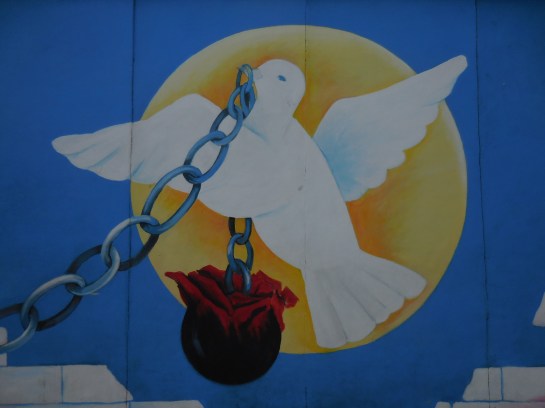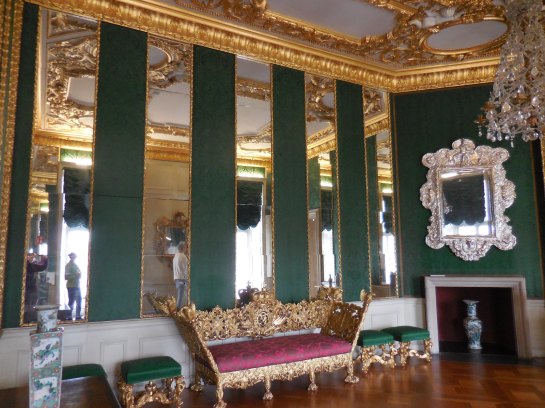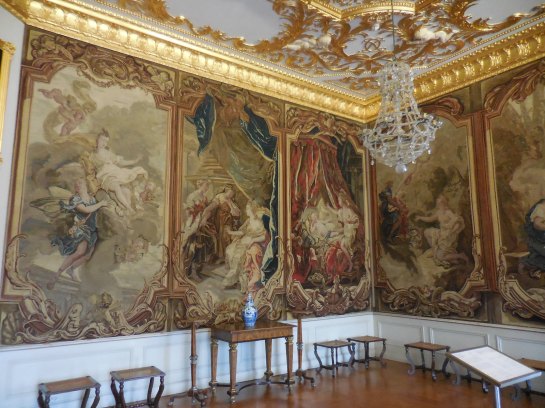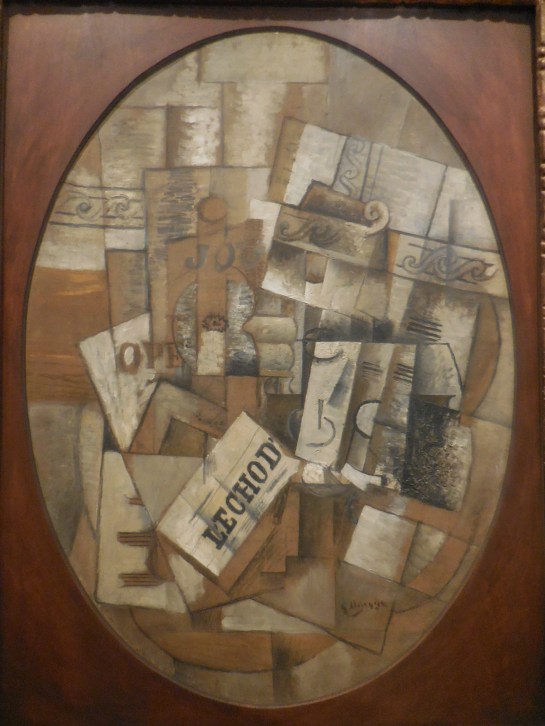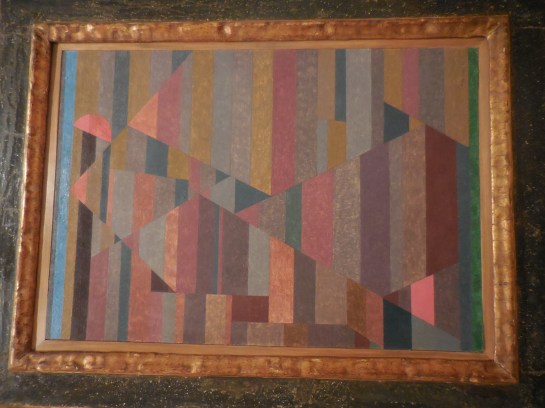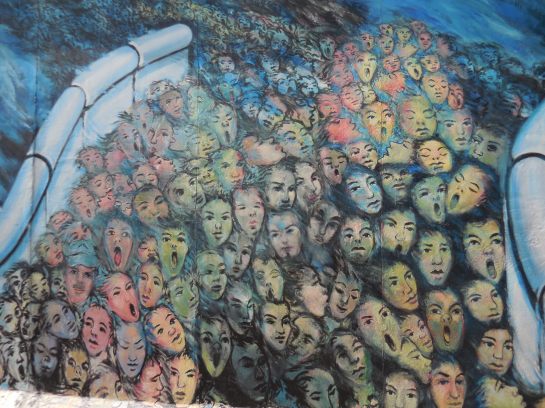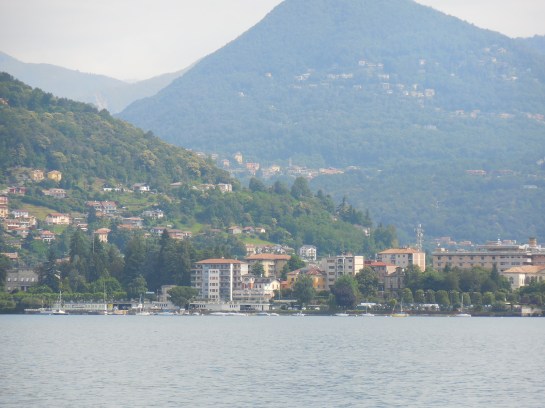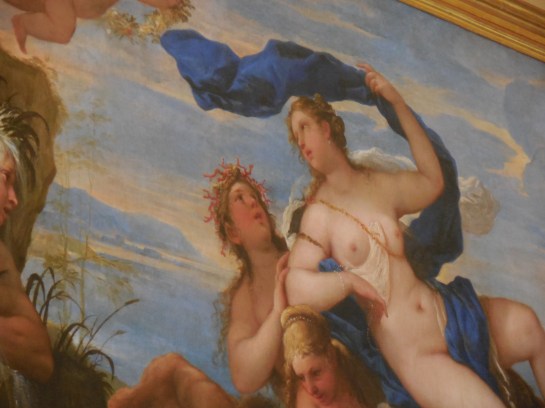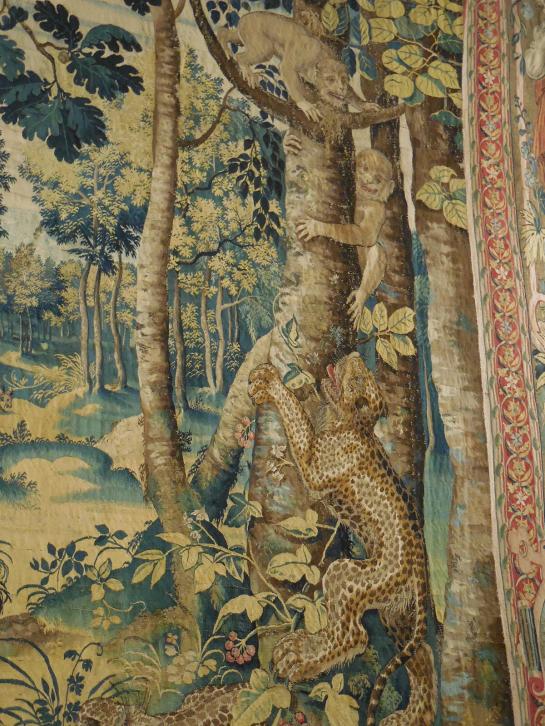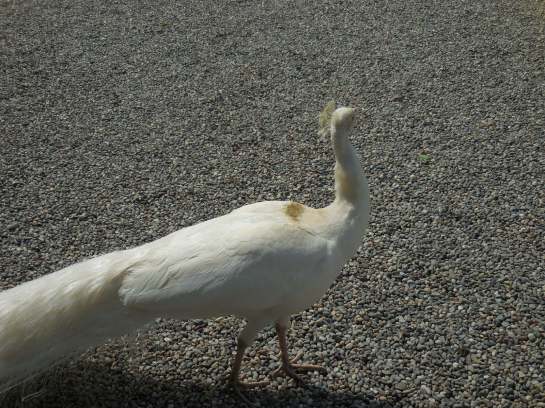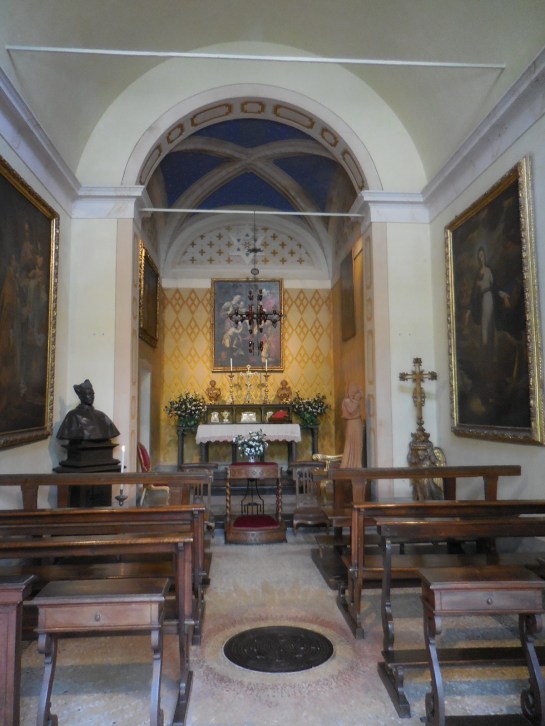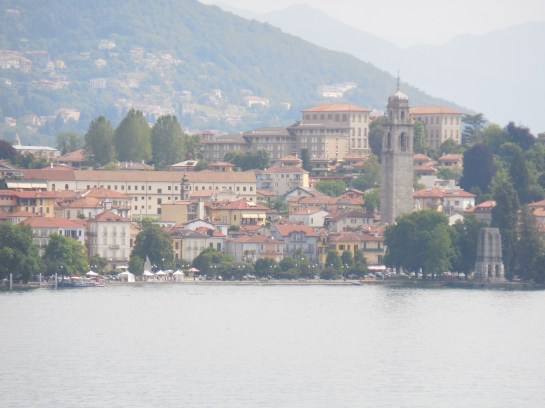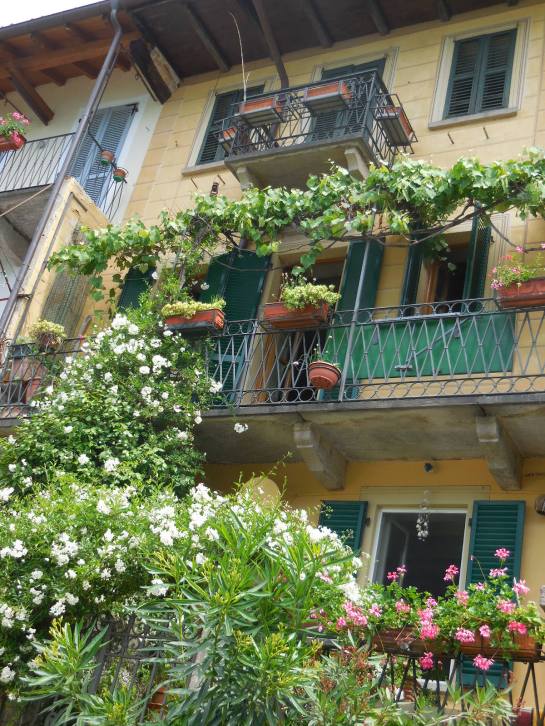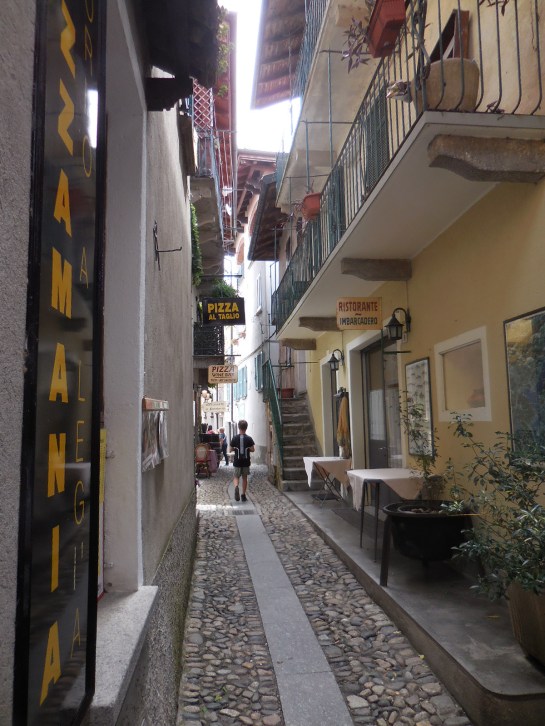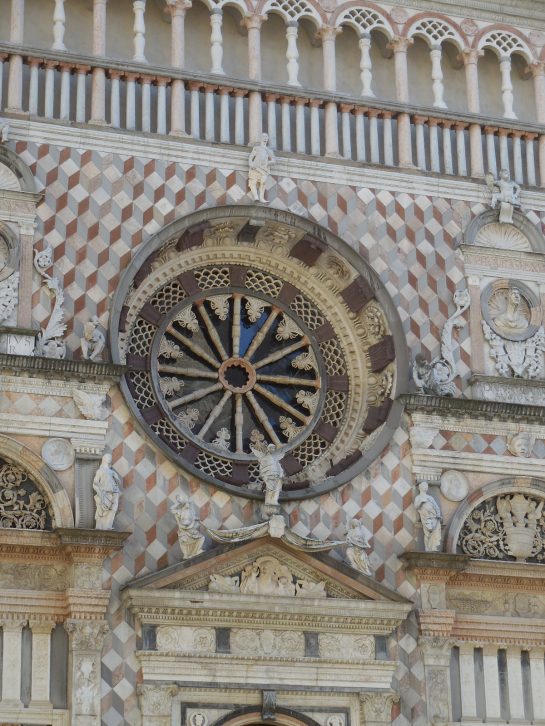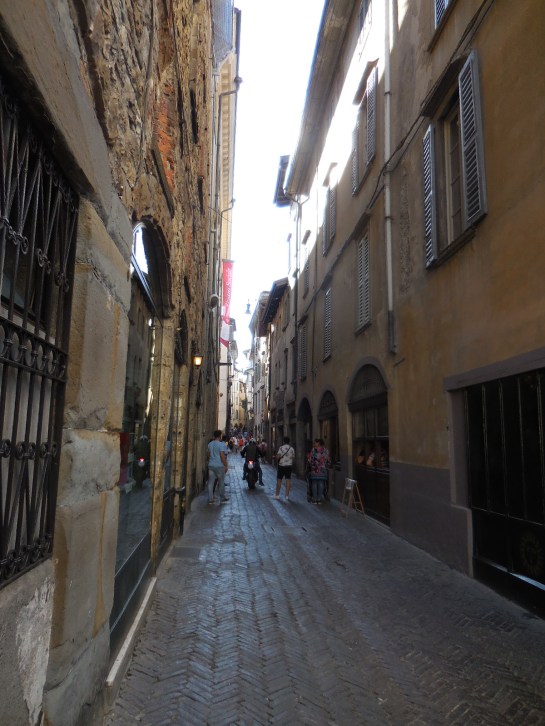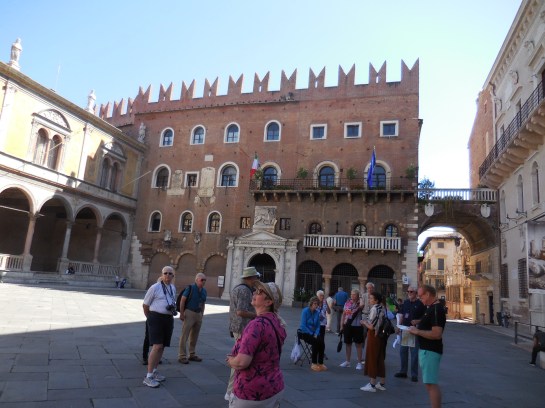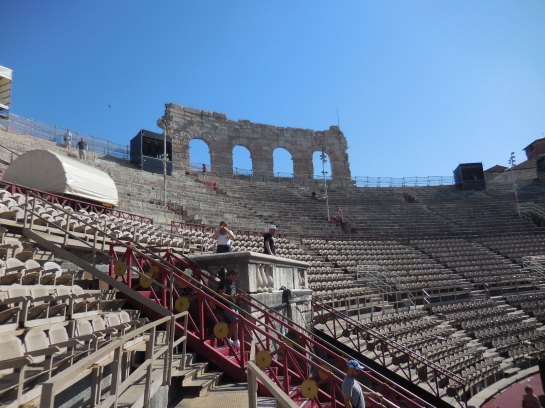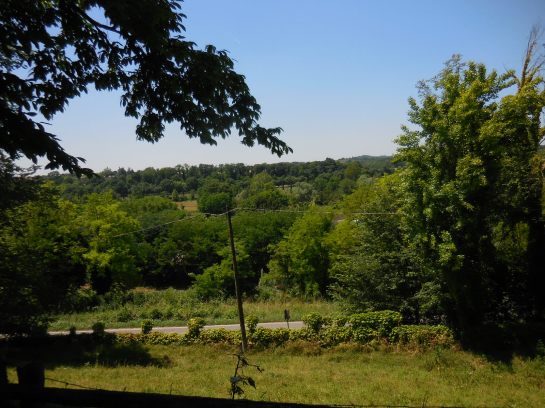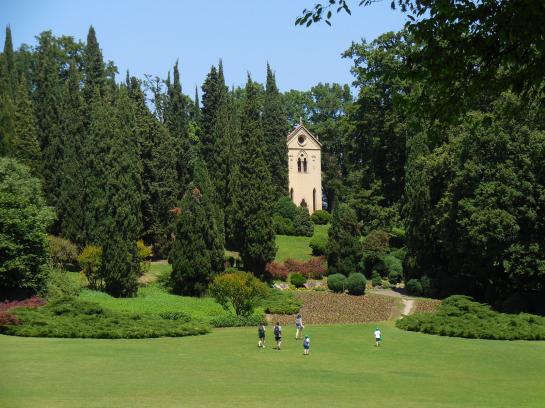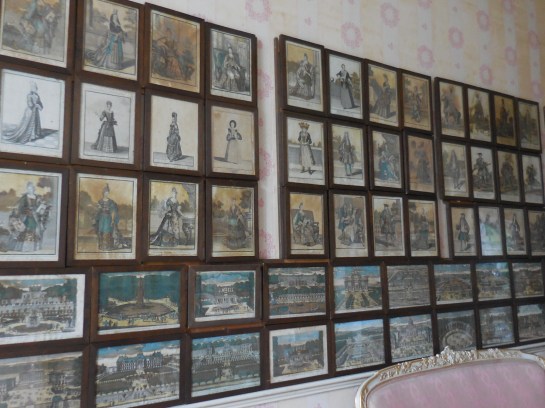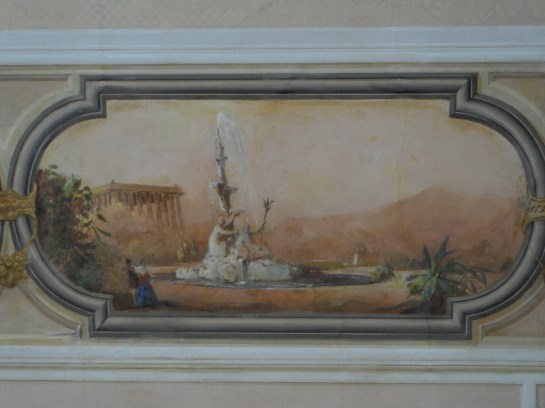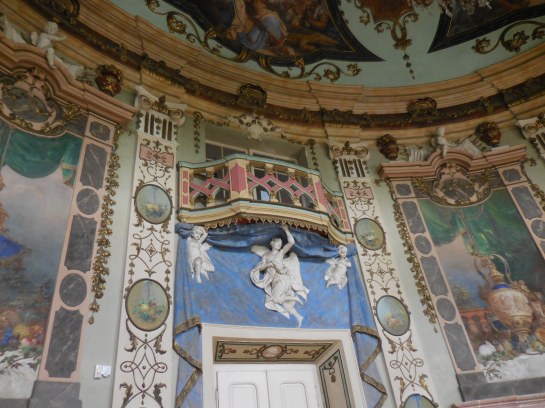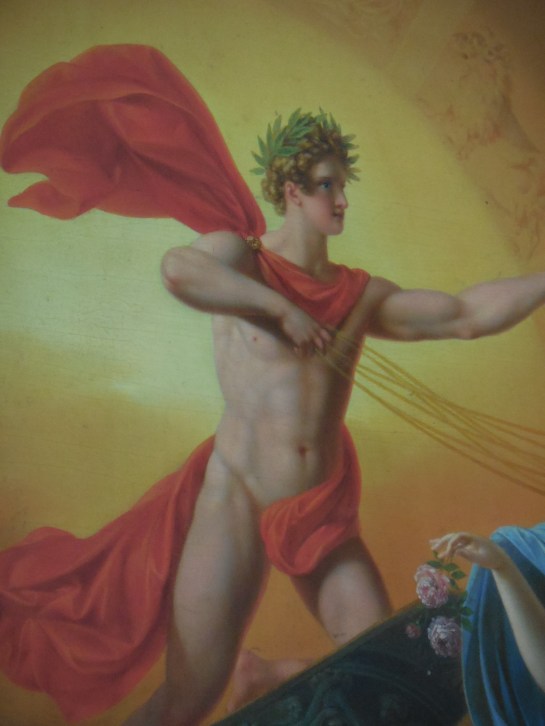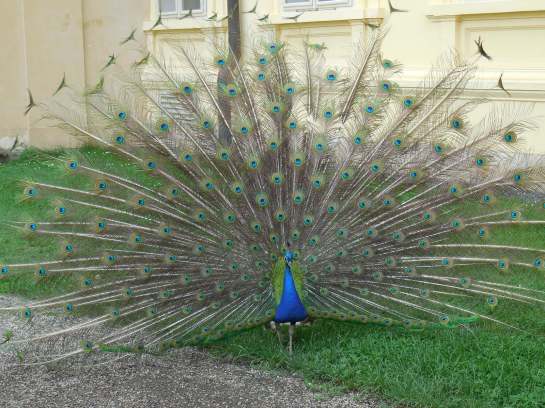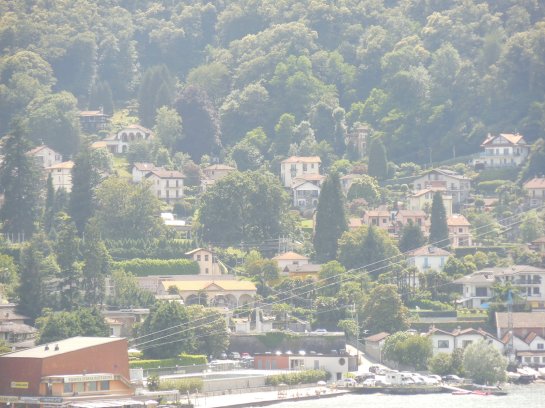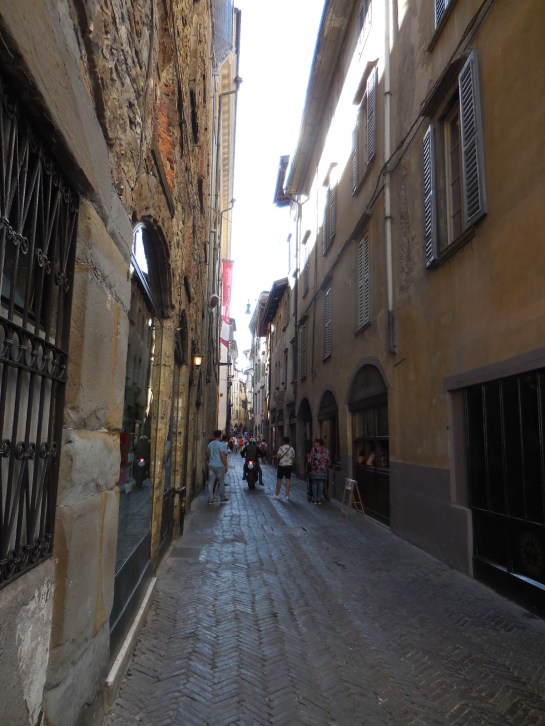
I was only in Bergamo for a short time, but it stole my heart just the same. We only had time to explore the Upper Town for part of a day, so I did not get to visit the Lower Town’s Accademia Carrara with its fantastic art collection.
The Upper Town was magical. What I loved more than the sights were the winding, narrow, hilly streets – so romantic and picturesque. I felt as if I had time-traveled back centuries while walking down those streets. In fact, the entire Upper Town made me feel as if I had gone back in time. I saw medieval houses and houses with 16th and 17th century facades. The atmosphere reminded me of that in Urbino, where I had visited a fabulous art gallery and Raphael’s birthplace as well as strolled down hilly, narrow streets.

First, a few things about Bergamo’s history. Bergamo was founded as Bergomum by the Celts. It was given the status of municipality under the Romans in 49 BC, but then it was destroyed in the fifth century. It was rebuilt and blossomed into a significant town in Lombardy. I found out that Bergamo had been one of the stops on the mail courier route created by the Thun and Taxis dynasty during the 13th century in what was considered the first modern postal service. I remember hearing about this when I visited the palace in Regensburg.

Bergamo was under Venetian domination as of 1428. During the period of Venetian rule, the middle class came into being, and Bergamo flourished artistically. Peace – something we experience little of in the world today – reigned over the awe-inspiring city for no less than three-and-a-half centuries. During the 16th century, the Venetians had defense systems built around the city. These structures have been recognized by UNESCO as a World Heritage Site.

Then came Napoleon. The French troops took over the city on March 13, 1797. The Austrians didn’t take control of the territory until June of 1814. Some Italians were not satisfied with Austrian rule, and, in 1848, they rebelled against the monarchy. During 1861 Bergamo joined the Kingdom of Italy. The 20th century saw a major increase in industry. Three years ago, in 2017, Bergamo hosted the G7 summit. That’s when the Charter of Bergamo came into being, a proclamation focusing on reducing hunger in the world and helping agricultural development in Africa.

We went to the Upper Town by funicular and headed for Piazza Vecchia, the main square. I admired the Baroque fountain in the middle, studying its adornment of tritons and lions. One of the most impressive buildings was the Palazzo della Ragione, constructed in the second half of the 12th century and housing administrative offices during the Middle Ages. The porticoes were elegant while the arches and three-mullioned windows above them were remarkable. I also admired the 18th century sundial on the pavement. The Torre Campanaria or Tower of the Big Bell harkened back to the 11th century. Every evening it tolls 100 times.

The Palazzo del Podestà Veneto (Palace of the Mayor of Venice) is another architectural gem, built in the 14th century and now serving as a university. The Civic Library across the street was erected according to plans by Vincenzo Scamozzi, whose name I remember from my tour of Vicenza and its Palladian architecture. This structure in Bergamo dates from the early 17th century. The town hall was located on its premises from 1648 to 1873.

The cathedral and Basilica of Santa Maria Maggiore are situated on the Piazza del Duomo, a small square where markets took place during the Middle Ages. The Baptistery includes eight bas-reliefs portraying the life of Christ. The basilica dates from 1137 and still has some Romanesque features. The loggias are very elegant. The interior was refurbished in the 16th and 17th centuries.

What impressed me most of all was the Colleoni Chapel, where the sarcophagi of Bartolomeo Colleoni and his daughter Medea rested. Colleoni had been captain-general of the Republic of Venice and hailed from the Bergamo area. The church-mausoleum was built between 1472 and 1476 and is one of the most intriguing Renaissance structures in north Italy. The façade overwhelmed me with its tarsia and polychrome marble in red, white and black. The marble designs on the facade exuded a feeling of vivaciousness and a sense of harmony.
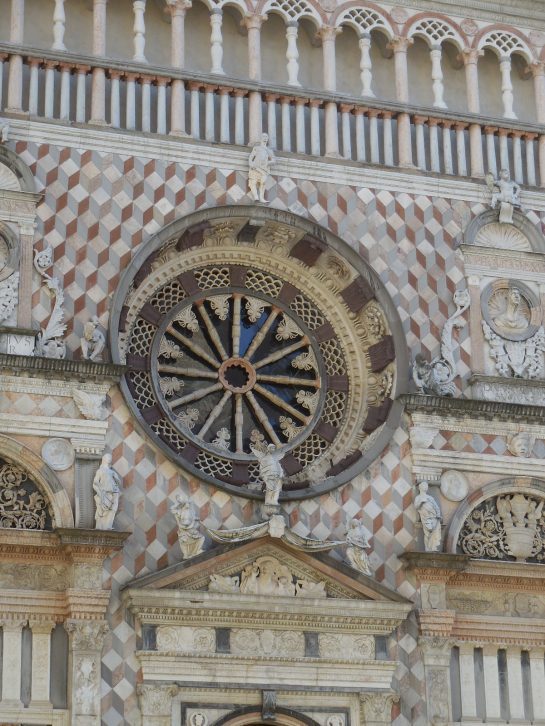
The rose window took my breath away. I recalled the rose window in the cathedral of Altamura in Puglia – it had also put me in a sort of trance. Unfortunately, the Colleoni Chapel was closed when we were there, so I could only admire one of the most beautiful facades I had ever seen. I later read that inside there were remarkable ceiling frescoes by Giambattista Tiepolo from the 1730s.
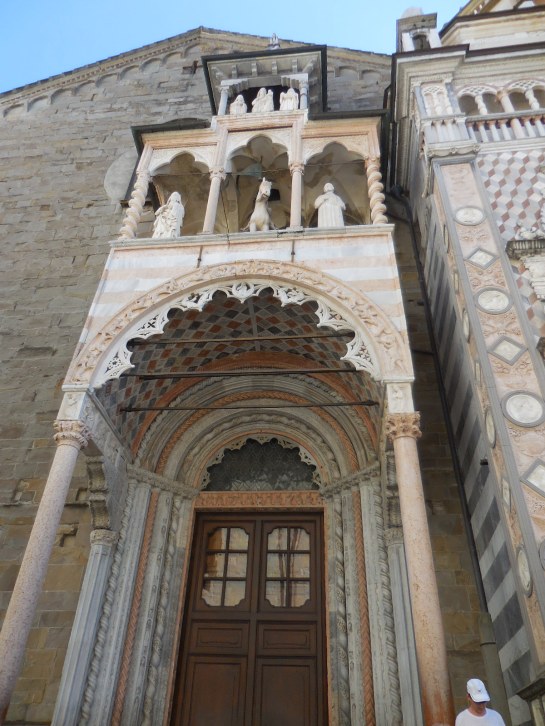
The cathedral was built in the 17th century on the site of another cathedral. The façade on the west side was Neoclassical, a 19th century renovation. The cathedral got major makeovers in the late 17th century and in the 19th century. With a Latin cross ground plan, the interior was impressive, each altar enthralling in its own unique way. There was only one nave. A painting by Tiepolo adorned the apse. The baptistery dated from the Middle Ages with a font from 1340. On the upper level a colonnade included 14th century statues of virtues. The Diocese Museum was closed, unfortunately.


The medieval houses that we passed on the way to the fortress included walled-up areas that are referred to as the doors of the dead. These entrances are opened only for a funeral of a family member. The fortress was built for John of Bohemia in 1331, and the tower, which we did not have time to go up, was sure to offer spectacular views. We also saw a 12th century tower. We did not have time to see San Michele al Pozzo Bianco, a 12th century church with impressive frescoes. I had also heard that the botanical garden was worth visiting.

As I sat with a friend at a café on the main square, she told me it was her birthday. What a fantastic place to spend a birthday in! The evening was tranquil, the weather pleasant, without crowds as we had experienced in Verona in the morning. It was as if time stood still in Bergamo, as if peace momentarily reigned in the world just as it had in Bergamo for three and a half centuries.

While we only had time to sample the city’s atmosphere, Bergamo made a distinct impression on me. One of the most admirable features of the Upper Town was the absence of souvenir shops. I wish Prague’s Old Town would ban souvenir shops. I remembered Prague of the early 1990s, when there were not so many souvenir shops and the center had yet to be overrun by tourists. Bergamo’s streets sported shops with local delicacies – I bought some tasty biscotti in one of them. There were also bookstores and stores for paper goods, for instance.

What first comes to mind when I think of Bergamo are those streets, small and narrow yet romantic and poetic. I could walk down those streets for hours, around and around and around from dawn until dusk, getting lost and finding my way and myself over and over again.
Tracy A. Burns is a writer, proofreader and editor in Prague.

